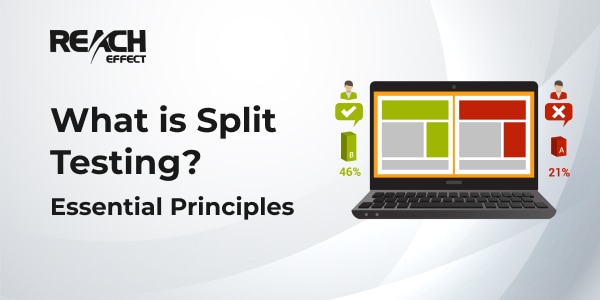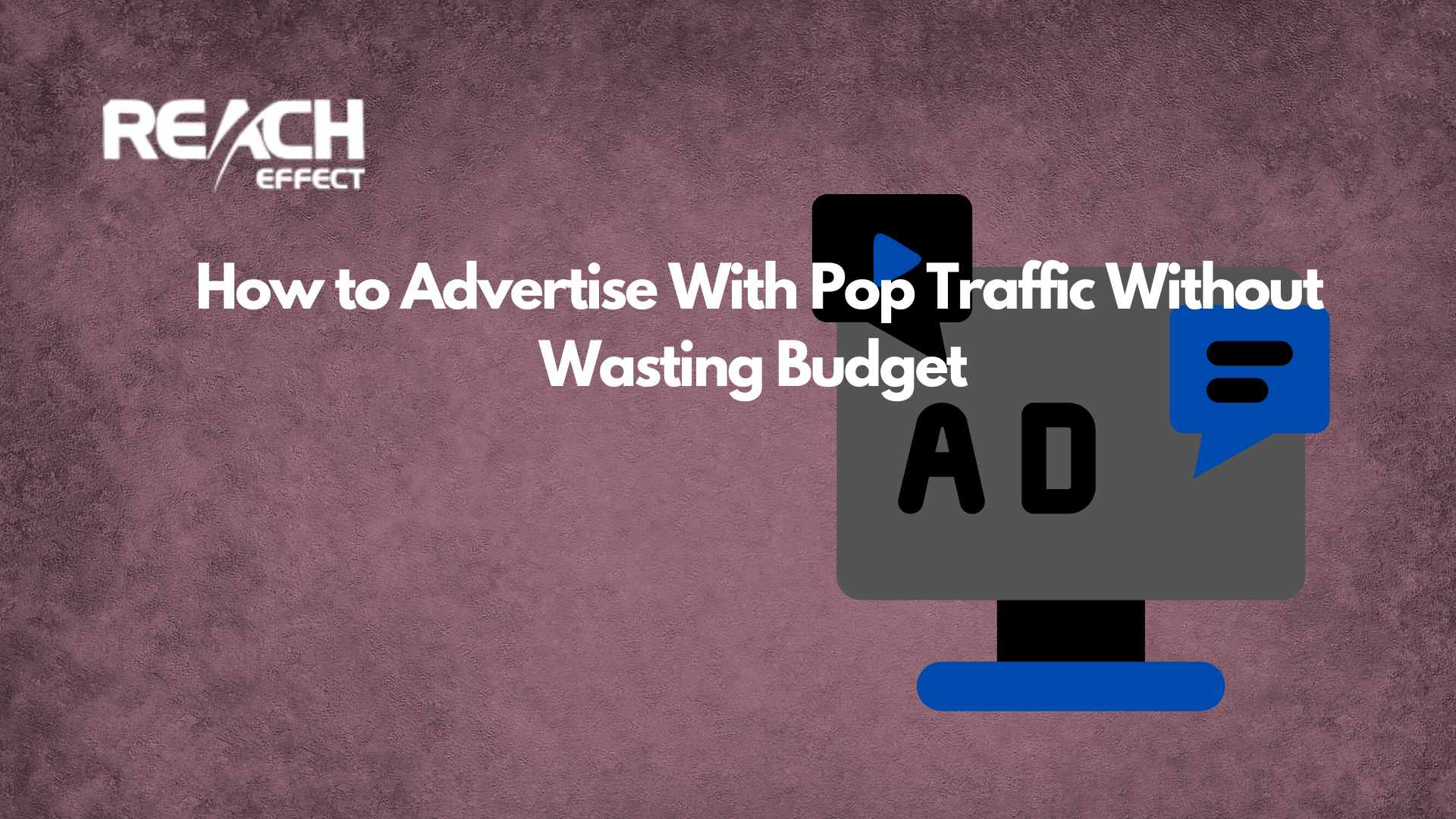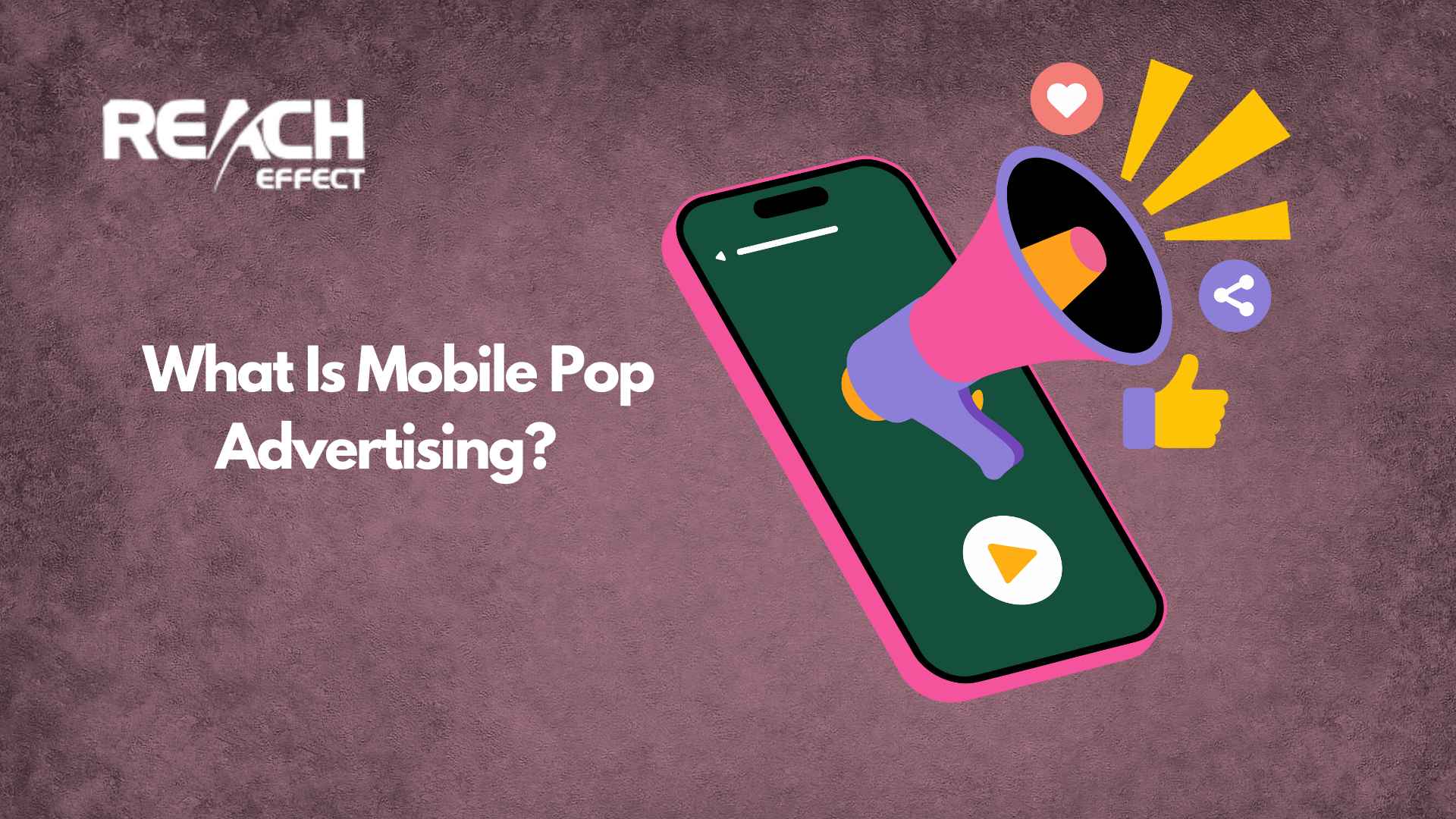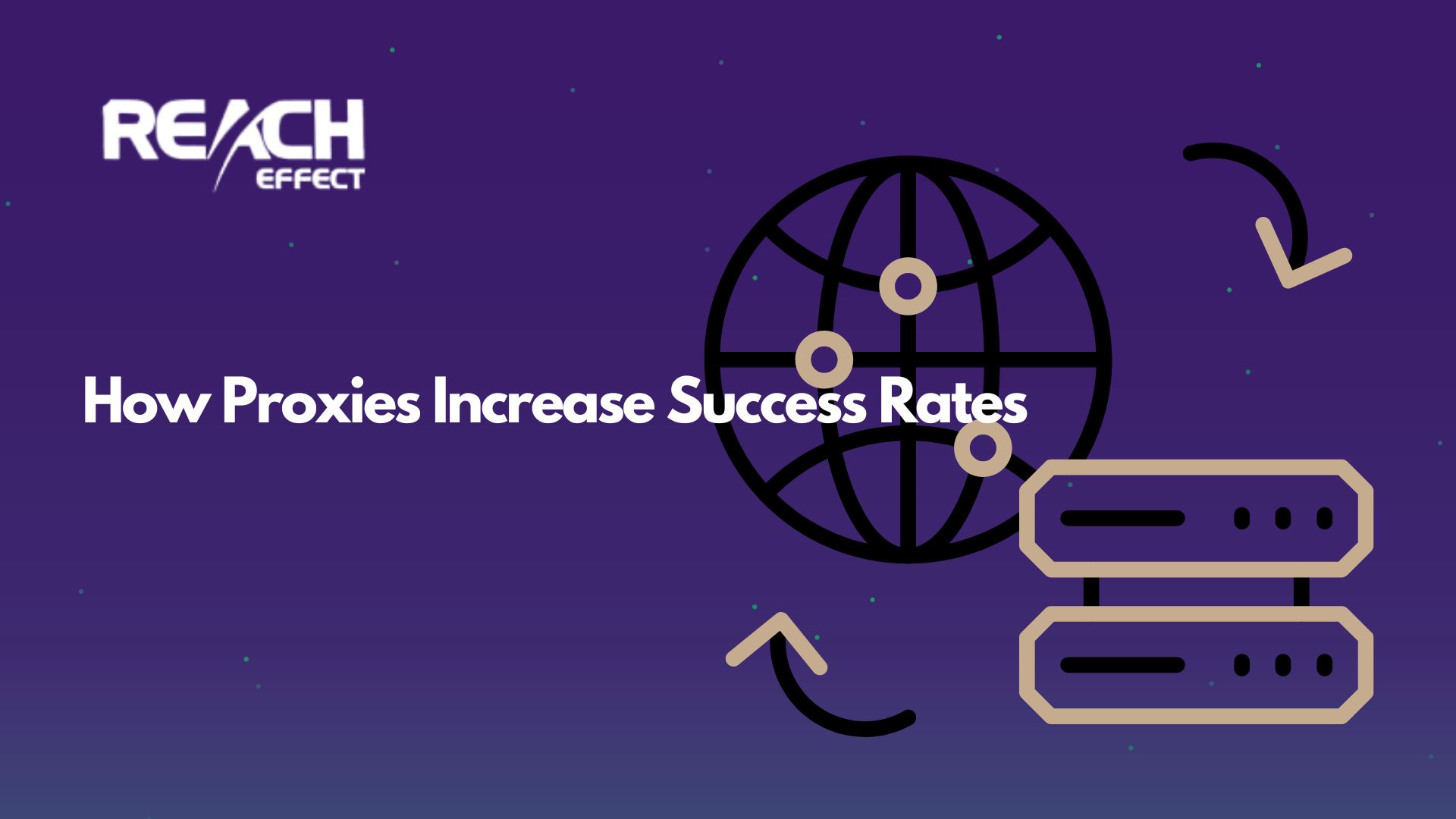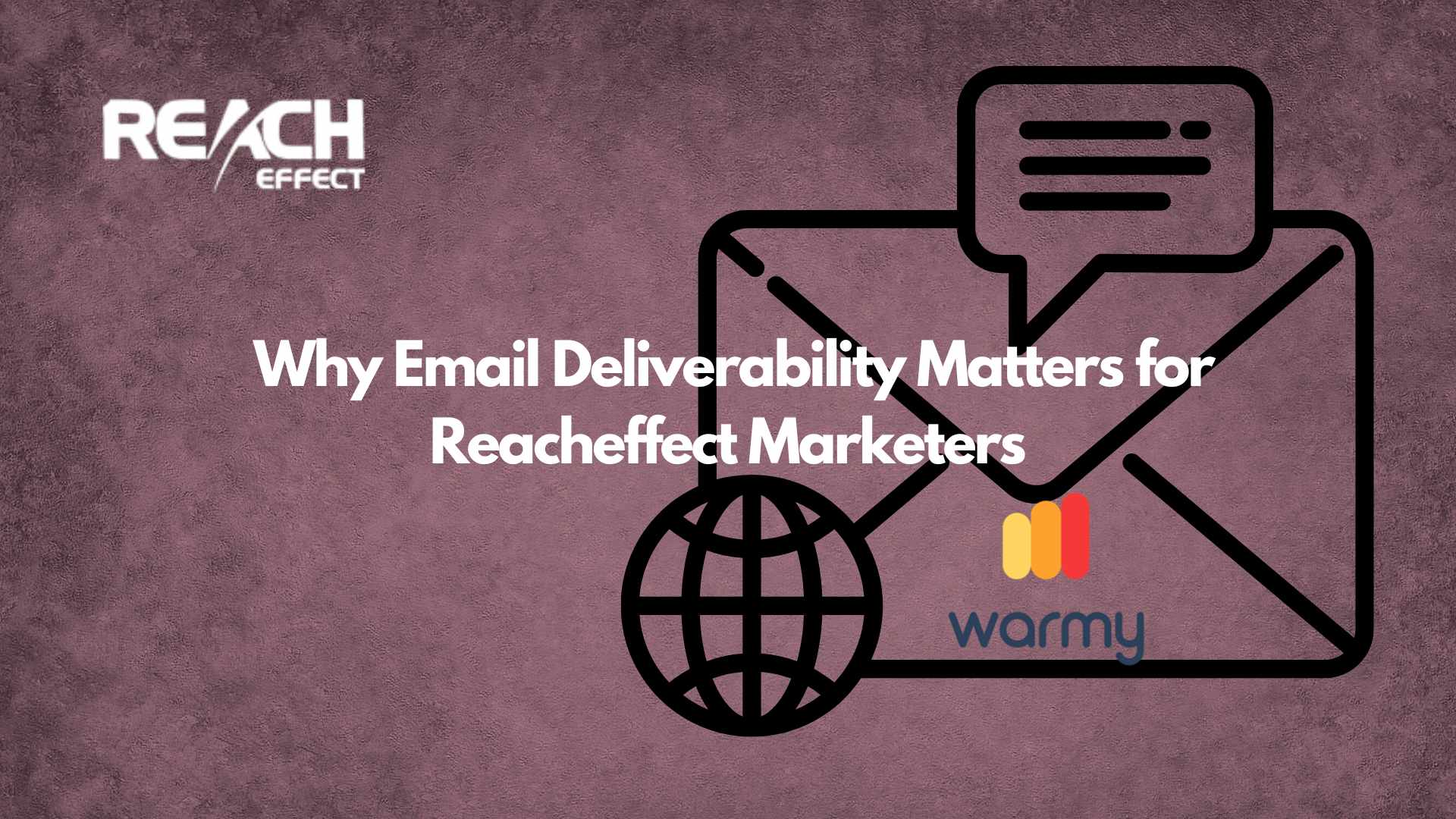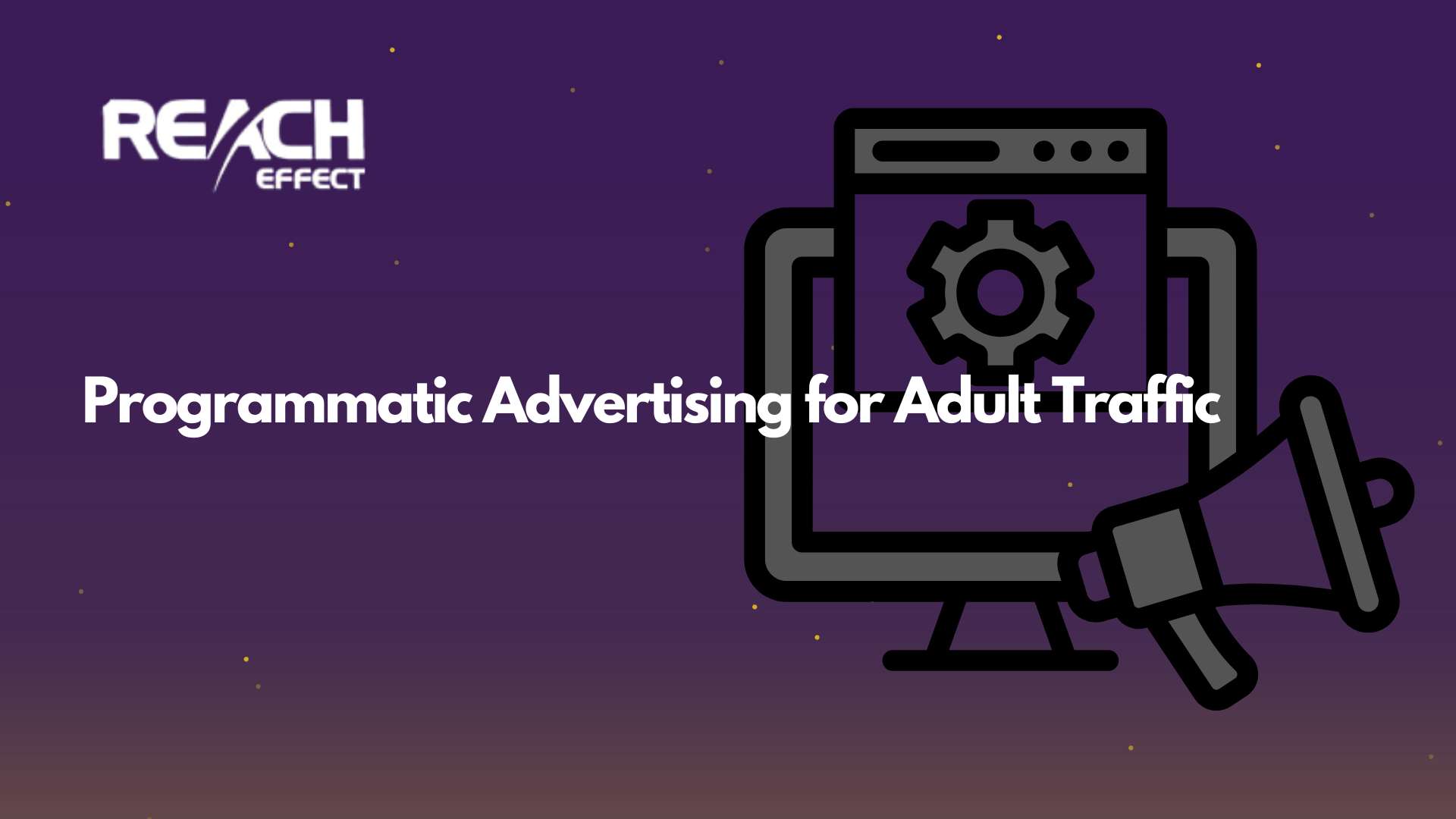As digital marketing changes, it is crucial to evaluate and optimize your strategies. This helps you stay ahead of the competition and achieve your marketing objectives. You do it by keeping up with industry trends, analyzing data, and testing new approaches. It helps you find areas for improvement to make better marketing decisions. Embracing optimization allows you to adapt to changes. Split testing, also known as A/B testing, is one of the most popular tools in the marketing field. If you’re wondering, “What is split testing?” and how can it improve your maximum returns, you’re in the right place. In this article, we’ll dive deep into the world of split testing. We will uncover its essential principles and explore how you can harness its potential for your gains.
Thank you for reading this post, don't forget to subscribe!What is Split Testing?
First, let’s delve into the core concept of split testing. Split testing, often referred to as A/B testing, makes up a fundamental process employed by marketers. Its primary goal is to compare and contrast two or more versions of digital content. It includes types of content such as webpages, commercials, or email marketing campaigns. The main goal is to discern which variation excels in achieving desired metrics.
In essence, split testing is a controlled experiment. We make changes to one version called the “variant,” while others stay the same as control groups. This helps marketers see how specific changes affect performance. Split testing is a crucial tool in digital marketing. It allows us to develop new strategies to better connect with the user preferences.
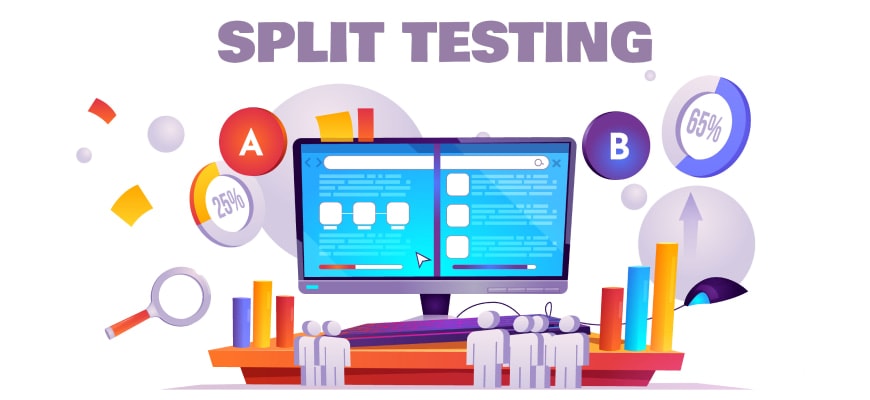
How Split Testing Works
The essence of a split test lies in the systematic division of your audience into distinct groups. Each of the groups is being exposed to a different version of your content. This methodical approach serves as a powerful means to gain profound insights. It allows you to learn about the preferences of your audience. Consequently, you will be able to enhance your overall performance significantly. But how exactly does this process unfold? Here’s how split testing works through all of the stages:
Defining Objectives
The first step in doing a split test is to clearly define your objectives. What particular measure do you want to improve? Is it the engagement rate, click-through rate, or the conversion rate?
Creating Variants
After setting your goal, create different material versions. It is important to have a variety to choose from. You can alter your headlines, pictures, CTA buttons, and even entire layouts. Each version indicates a different variety.
Randomized Distribution
Visitors or users are randomly assigned to view one of the variants. You have to show the original version (the control) and the variants to equal groups of audience.
Collecting Data
You can gather information by tracking and recording visitors’ interactions with the content. Every bit of gathered data can be useful. Evaluate each variant using metrics like conversion, bounce, and click-through rates.
Statistical Analysis
Statistically evaluate the data in order to make logical inferences. This involves comparing how well the versions perform to see if one stands out as significantly better than the others.
Implementing the Findings
Now you’ve achieved statistical significance. The best variant becomes the default version for implementing the results. Split testing has come to an end at this point. Continue testing using this improved material as the new standard.
Conclusion
Split testing is a game-changer in today’s competitive digital marketing landscape. No wonder it has become such a popular tool. Use it to optimize your marketing efforts, make data-driven decisions, and get better outcomes. Split testing gives you the capacity to realize the full potential of your marketing plan. Whether you’re perfecting the landing page for your website, enhancing your email marketing campaigns, or enhancing your ad creatives, split test.
You may significantly increase your returns in the dynamic world of digital marketing by learning about the concepts and tactics of split testing. Stay tuned for more information in our blog to help you succeed.

